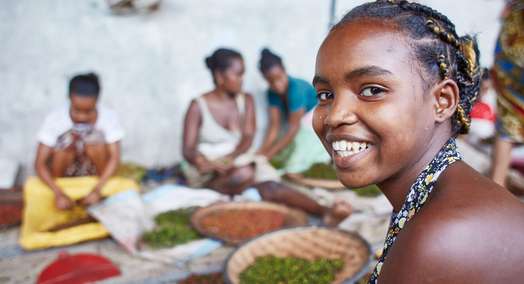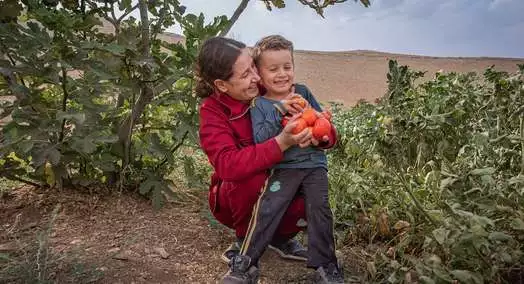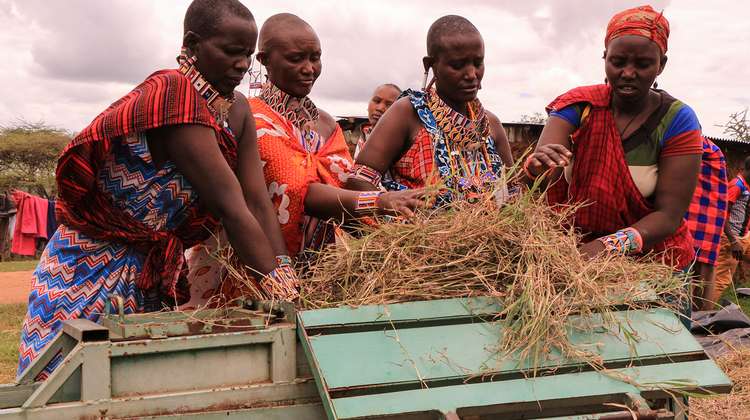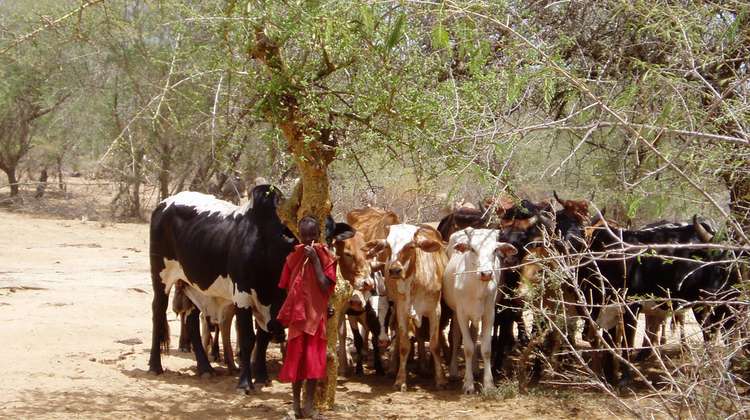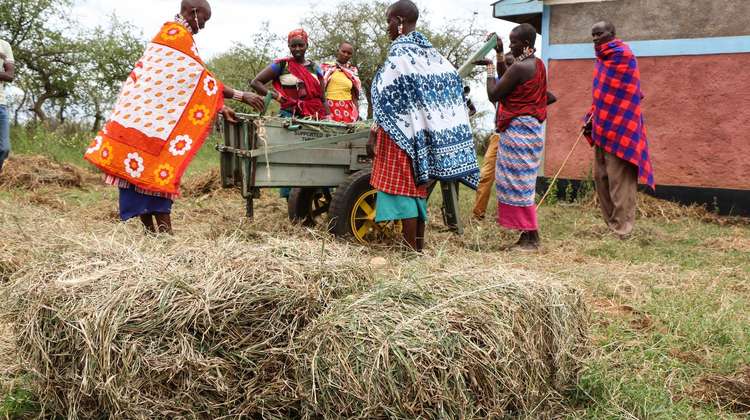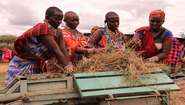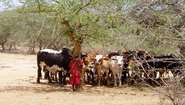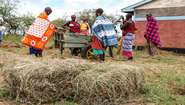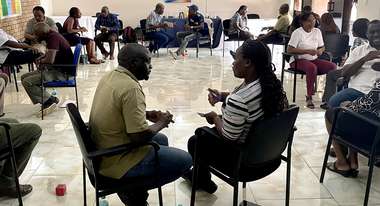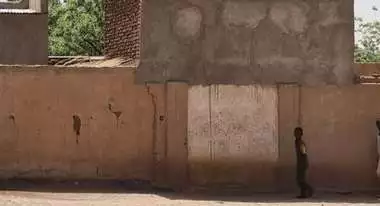Strengthening Resilience
Preparing better for crises and disasters to reduce their impact.
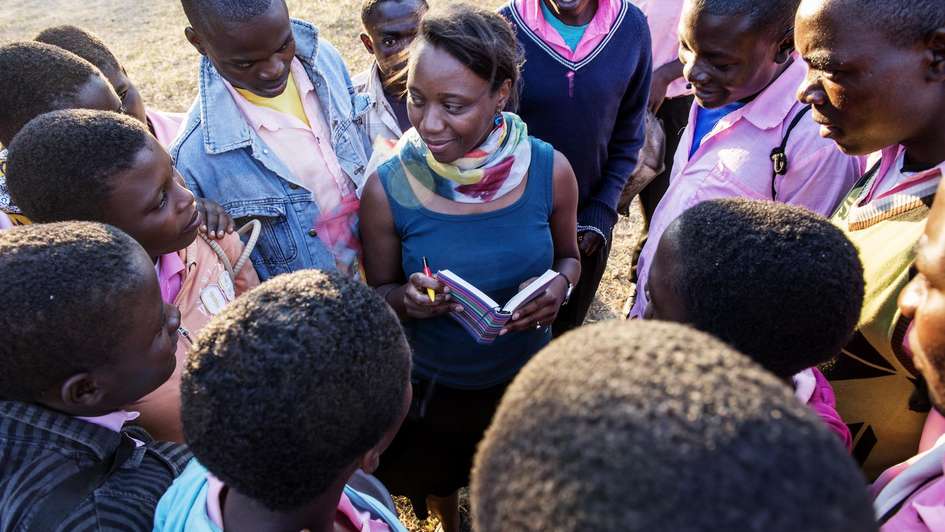
The number of natural disasters and armed conflicts has been rising for years. In order to break the vicious circle of recurring crises, aid organizations need to meet new challenges. The growing need for humanitarian assistance is pushing them to the limit of their capacities.
For decades, one of the core roles of humanitarian assistance and development cooperation has been to reduce the vulnerability of communities to the effects of crises and disasters. Strengthening their resilience is a long-term task, working in cooperation with emergency assistance, reconstruction and development cooperation and taking into account socio-political, physio-geographical and climatic dangers.
Welthungerhilfe (WHH) defines resilience as the ability of people, communities or institutions to recover rapidly from extreme strain and develop strategies to cope with recurring challenges.
Connecting acute emergency assistance and long-term strategies
Providing fast and effective emergency assistance makes up about half the work of WHH. But our work is much more effective and efficient if the people affected by a disaster are better prepared. It means that the effects are not as serious or have no or reduced negative influence on their lives.
With this in mind, WHH plans projects that enable people to be better armed for future crises. Precaution is more effective and economical than rehabilitation and reconstruction.
The following strategies have proven successful:
- Recognizing and assessing risks. In order to overcome the causes of crises, they must first be recognized and their relevance assessed.
- Involving the at-risk population. Residents thereby become aware both of the challenges and their own capabilities.
- Preparing for extreme events. With prevention through early warning systems and emergency plans, foreseeable disasters (slow onset development) like droughts, as well as short-term events such as tsunamis or floods can be effectively handled. To reduce damages in case of earthquakes special construction techniques are supported.
Each euro that WHH uses to avoid emergency situations at an early stage is four to five times as effective as funding that comes when acute disasters occur. If the vulnerability of people is tackled at its roots, there is a greater chance of liberating them from dependence and poverty in the long-term.
Empowering people to help themselves strengthens resilience and generates confidence
The ‘Linking relief, rehabilitation and development’ (LRRD) approach also applies to strengthening resilience and represents a solid ground for the sustainable implementation of humanitarian aid measures.
Its success in developing promising prospects is shown in two examples: In Burkina Faso, where drought periods and floods lead again and again to harvest losses, people are learning to master the challenges of nature. WHH started a project to sustainably secure nutrition and income. It distributed resistant/adapted seed, taught innovative cultivation methods and trained, for example, ‘plant doctors’, who advise the smallholders. Now, many enterprises are obtaining surpluses for the first time, and the farmers look confidently to the future.
Promoting resilience through reliable financing
These successes encourage WHH to approach emergency situations not only by providing acute assistance but by also thinking ahead and investing in resilience. It is therefore important to combine increased integration of resilience strengthening and survival aid with longer-term development cooperation measures.
